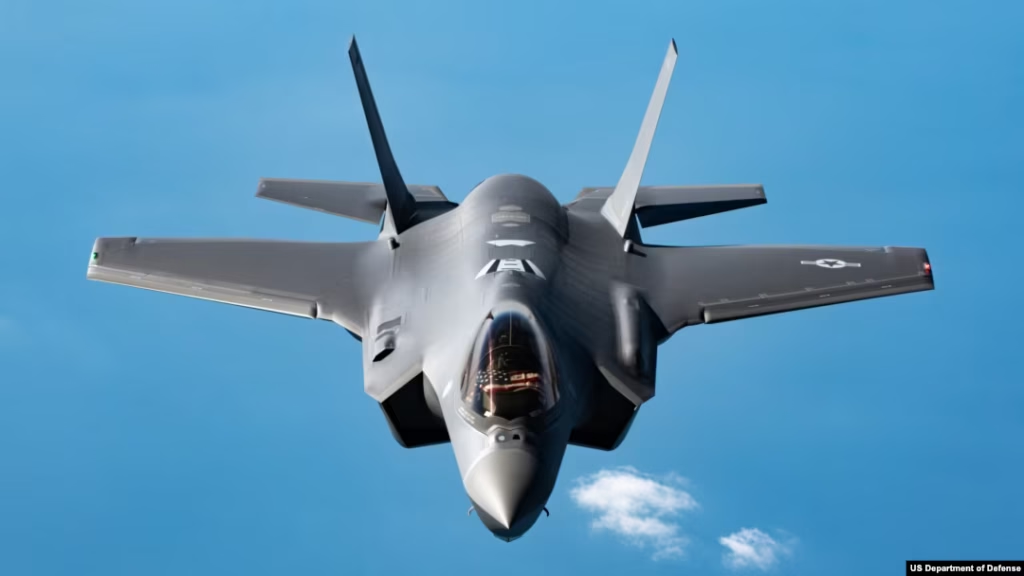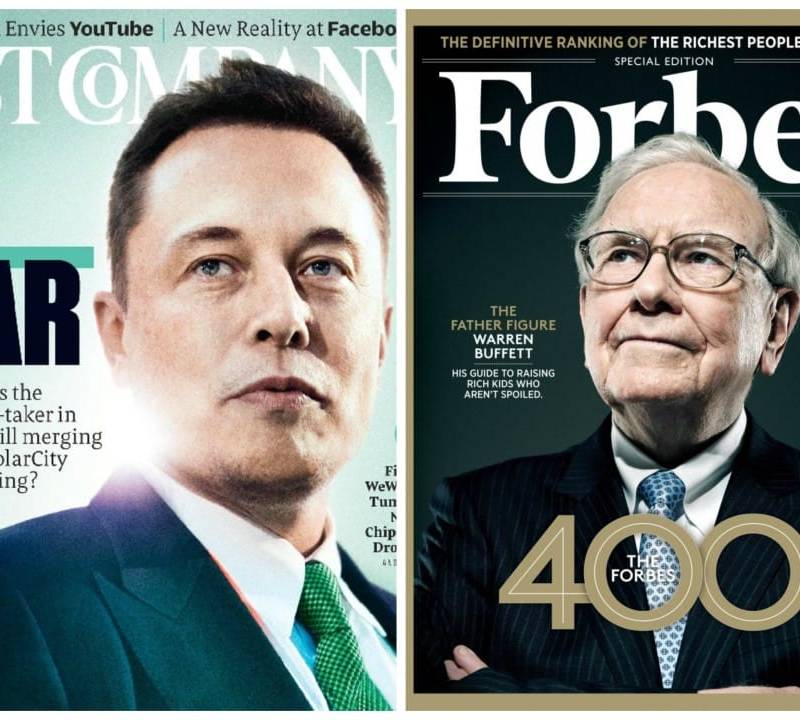2 Reasons Why Trump Wants to Buy Greenland- Ep.2
(Feat. Donald Trump, Elon Musk, Starship, Tesla, Inuit, US vs. China Rare Earth Elements War, Dysprosium, Election, Mine to Space X Moon, Mars)
Continued from Episode 1

62. Whether the U.S. can realistically acquire Greenland depends on Greenland’s internal dynamics and whether the U.S. has a solid justification for its claim.
63. Greenland’s native population is the Inuit, who migrated from Asia and have lived off fishing and hunting for centuries.
64. Although Norwegians discovered Greenland over 1,000 years ago, Denmark began establishing settlements there in 1721.
65. Greenland’s population today is about 57,000—comparable to a small U.S. country town—with 80% Inuit and 20% of Danish descent.

66. While Greenland was a Danish colony for over 300 years, the Inuit population now dominates, and Greenland operates with significant self-governance.
67. Greenlanders elect their own Prime Minister, managing all domestic affairs except foreign policy and defense, making it a semi-independent state.
68. If Greenland’s elected leaders were to support joining the U.S., the situation would become politically complex.
69. The U.S. does have some historical grounds for its interest in Greenland.
70. During World War II, when Denmark was under German occupation, the U.S. assumed responsibility for defending Greenland.
71. After the war, during the early Cold War, the U.S. returned Greenland’s defense to Denmark but retained the Thule Air Base.
72. The Thule Air Base remains a critical U.S. military installation, originally used to monitor Soviet ICBMs during the Cold War.
73. President Truman even made an offer to buy Greenland from Denmark, showing that American interest is nothing new.
74. The second key reason Greenland matters is its vast natural resources, especially rare earth elements like dysprosium.
75. Rare earth elements are classified into two types: light rare earths and heavy rare earths.

76. Light rare earth elements are abundant worldwide, easy to mine, and have a stable supply.
77. Heavy rare earth elements, particularly dysprosium (atomic number 66), are much rarer and more critical.
78. Dysprosium was first isolated in 1886 in France after a long and difficult process.


79. Its name comes from the Greek word “dysprositos(δυσπρόσιτος),” meaning “hard to access,” because of the challenges in extracting it.
80. Electric motors rely on magnets that spin to generate electricity.

81. Adding neodymium to these magnets increases their strength by tenfold, making them smaller and more efficient.
82. However, high-speed rotation generates heat, which can degrade the performance of neodymium magnets.
83. Adding dysprosium to these magnets makes them heat-resistant and preserves their performance even at high temperatures.
84. This is why dysprosium is essential in high-performance generators, electric vehicle motors, and other advanced technologies.
85. Currently, most heavy rare earth elements are mined in China and Myanmar.
86. About 60% of China’s rare earth production comes from mines in Myanmar.
87. This is why Chinese nationals were among the casualties in a landslide at a Myanmar rare earth mine in June 2024.
88. A single 10-megawatt wind turbine contains about 2 tons of magnets, including 350 pounds of dysprosium.

89. Tesla electric vehicles, for example, use about 0.2 pounds of dysprosium per car, highlighting its importance for renewable energy.

90. The same applies to advanced military weapons.
91. An F-35 fighter jet requires about 920 pounds of permanent magnets made from neodymium-iron-boron, which include dysprosium.

92. Currently, global dysprosium production is only about 1,000 tons annually, which is insufficient even for wind turbine production.
93. The U.S. is particularly worried because advanced military systems rely on dysprosium, yet there is no alternative to Chinese supply chains.
94. Light rare earth elements can be sourced elsewhere.
95. The U.S. has light rare earth mines that are inactive due to environmental concerns, and other countries like Australia can also supply them.
96. The real issue lies with heavy rare earths, which are primarily mined in China and Myanmar.
97. Apart from China and Myanmar, one of the few places with large deposits of dysprosium is Greenland.
98. Greenland is home to 44% of the world’s heavy rare earth deposits, making it the largest reserve globally.
99. Greenland’s low population density also means that mining and refining rare earths would have minimal environmental impact on residents.


100. Greenland has already been a battleground for rare earth competition between the U.S. and China.
101. Last year’s Greenland parliamentary election revolved around the issue of rare earth mining.
102. The election became a fierce contest between the ruling party and the opposition over whether to allow rare earth mining in the Kvanefjeld mine.
103. Greenland’s Kvanefjeld and Tanbreez mines hold the island’s largest rare earth reserves.
104. Located in southern Greenland, the Kvanefjeld mine is one of the world’s largest, with over 1.1 billion tons of light and heavy rare earths, uranium, and zinc.

105. The Tanbreez mine, while smaller at 440 million tons, has higher concentrations of heavy rare earths like dysprosium, yttrium, and terbium.

106. The Kvanefjeld mine was being developed by Greenland Minerals, an Australian mining company.
107. However, Greenland Minerals’ largest shareholder is Shenghe Resources, a Chinese company, making it effectively a Chinese-controlled venture.
108. If the ruling party had won the election, the Kvanefjeld mine would have been developed under Chinese leadership, further strengthening China’s dominance in rare earth markets.
109. Instead, the opposition party won the election, immediately halting development of the Kvanefjeld mine by Greenland Minerals.
110. The election was a pivotal moment in the U.S.-China competition over rare earth resources.


111. After the Greenland parliament suspended Kvanefjeld’s development, Greenland Minerals, which had invested since 2007, filed a $1.15 billion lawsuit in a Copenhagen arbitration court.
112. Greenland’s government is defending itself by pointing to a clause in the mining permit allowing for suspension of operations due to political concerns.
113. Meanwhile, the Tanbreez mine was acquired in May 2024 by Critical Metals, a U.S. mining company.

114. Unlike Kvanefjeld, the Tanbreez mine already has an approved mining permit, making it likely to start rare earth production soon.
115. The mine contains an estimated 7.6 million tons of dysprosium—significant considering global annual production is only 1,000 tons.
116. When a lucrative opportunity arises, two people always seem to appear: Warren Buffett for investments and Elon Musk for innovation.

117. Elon Musk has even started involving himself in securing rare earth resources for his ventures – Starship Program.
118. Musk’s Starship program also ties into this race for resources.
119. Starship is a massive two-stage rocket designed for lunar and eventually Mars missions.


120. NASA has selected Starship as the lunar lander for its Artemis program, a crewed moon-landing mission.
121. Unlike past small lunar landers, the Starship lunar lander is 50 meters tall.
122. The moon not only has helium-3, a fuel for nuclear fusion.
123. But also surface rocks containing rare elements like Dysprosium.
124. Musk has expressed interest in collaborating with NASA to create a supply chain for rare earth resources from the moon.
125. The U.S.-China rare earth race that began in Greenland is now extending into space.
126. One reason China is involved in Myanmar’s civil war is the country’s rich deposits of heavy rare earths.
127. The 1979 UN Moon Agreement prohibits any country or individual from claiming ownership of lunar resources.
128. However, the U.S., China, and the EU never signed the treaty, leaving the moon’s resources open for whoever gets there first.
129. In 2019, under Trump’s direction, the U.S. established the Space Force as its sixth military branch, signaling its interest in space resources.
130. The U.S. seems to be gearing up for the future by planning a lunar base and creating the Space Force to secure new energy resources.
131. But mining resources from the moon is a long-term project that will take a lot of time.
132. On the other hand, tapping into Greenland’s resources right away could be a quick solution if China uses rare earths as a bargaining chip in its rivalry with the U.S.
133. Trump has started focusing on Danish taxpayers, who cover 60% of Greenland’s budget through subsidies.
134. On December 19, 2024, Trump stated, “Denmark spends $700 million a year subsidizing Greenland’s budget.
135. As an ally, the U.S. could help relieve that burden.”
136. Despite Greenland’s rich resources, 80% of its residents rely on fishing for income and depend heavily on Danish subsidies.
137. While Denmark finds the subsidies burdensome, it remains firmly opposed to selling Greenland.

Alphazen Insights

Trump’s bold Greenland ambitions may grab headlines, but the real play is strategic. Expanding U.S. military bases and securing rare earth resources would help counter China’s dominance in the global supply chain. With China hinting at using rare earths as leverage in its trade battles, the U.S. is taking no chances. Greenland is less about owning land and more about staying competitive in the race for critical materials.
In this game of geopolitics, Greenland isn’t just a frozen island—it’s the hottest piece on the global chessboard.
Discover more from Alphazen Dynamics
Subscribe to get the latest posts sent to your email.



